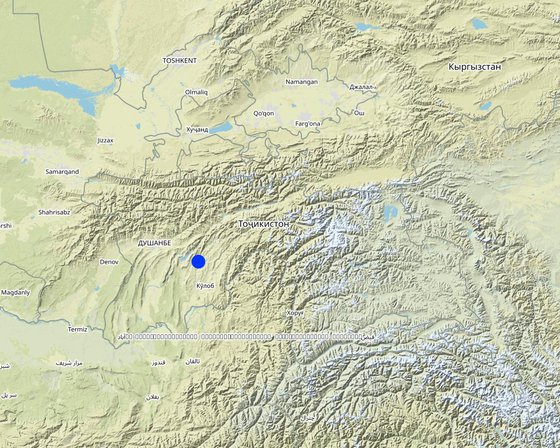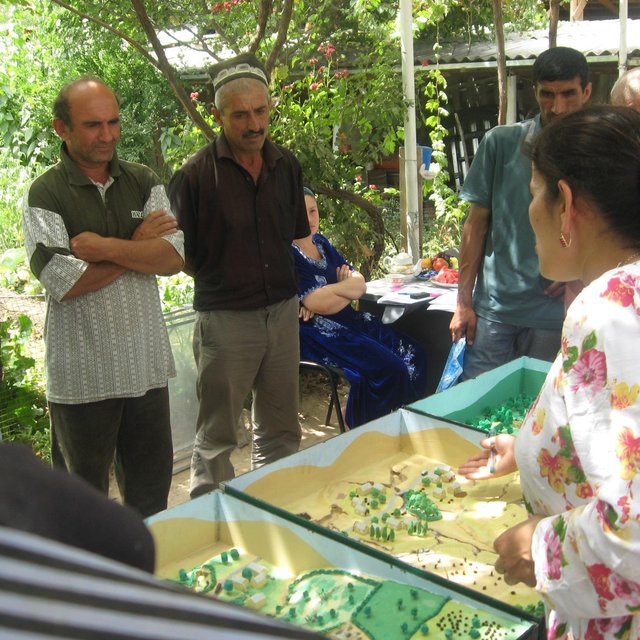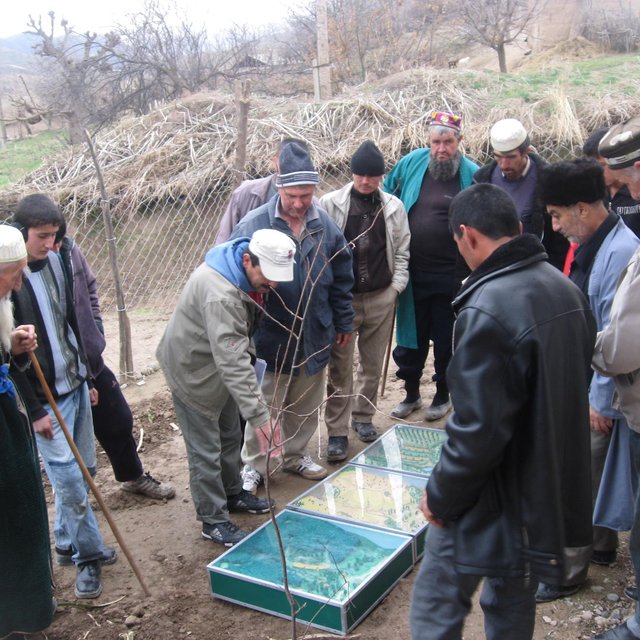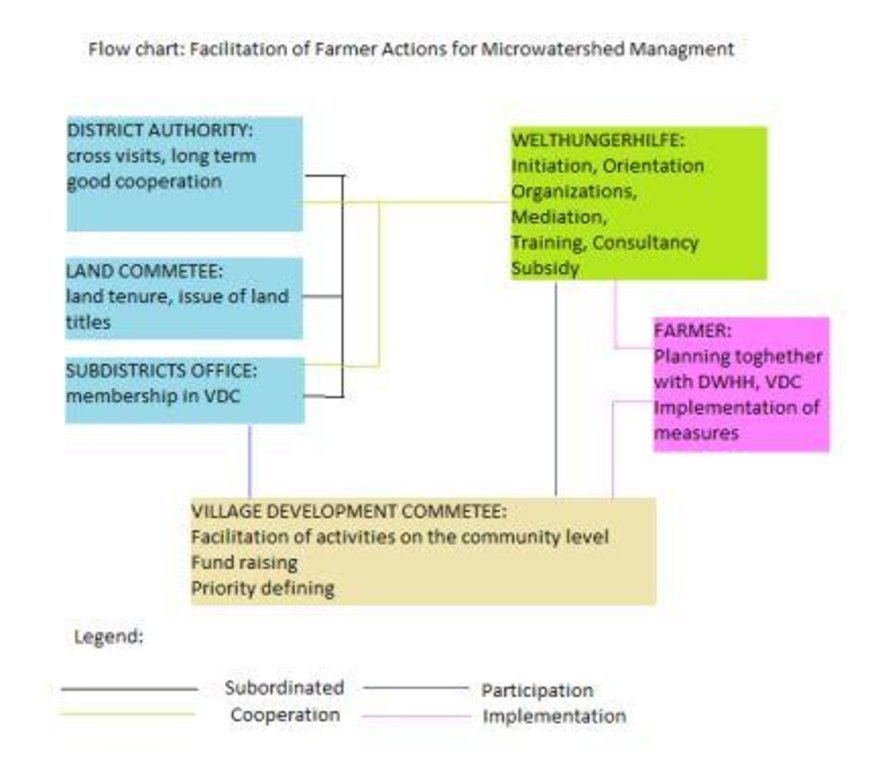



Aims / objectives: To strengthen the capacity of the community to plan and implement integrated natural resource management approaches, at micro watershed level in sustainable ways. These include; conserving soil by introducing actions to rehabilitate the eroded land, stop gully formation resulting from water run-off; enable water retention to secure soil moisture for a longer time period; mitigate effects of overstocking resulting in overgrazing; hoof erosion and soil compaction; reverse inappropriate agriculture practices towards more efficient and environmentally friendly management types; enable better employment and higher income generation to improve the livelihood standards and food security.
Methods: The project facilitated the following activities: Farmer participation, and using their initiative, community involvement in the planning, fundraising and implementation. Farmers increased their own contribution for material inputs, and a greater than 50% rate of adoption of the innovation was seen. The project also funded 'on the job' training, technical support, consultancy, and mediation of communication between parties.
Stages of implementation: 1. Awareness raising, 2. On the job training, 3. Watershed management activity planning, 4. Implementation, 5. Monitoring, 6. Evaluation, 7. Readjustment based on results, 8. Further replication in new area
Role of stakeholders: The DWHH Project had a leading role in initiation, orientation, awareness raising, mobilisation, training, consultancy, input provision and mediation of communication to land committee. Farmers have been actively participating, have provided labour input / financial contribution, provided indigenous knowledge and skills. Local authorities - providing land titles, participation in planning and decision making process Village Development Committee (VDC) - community mobilisation, information dissemination, input / finance documentation, fund raising.
Other important information: There are 5 households in the microwatershed. Almost 40 people live in all HH, all are Tajiks. Members of all households took part in discussion rounds and training. Non of HHs were strong enough to implement measures on own funds. One HH has rejected implementation of measures, due lack of capacity and lack of trust of the project's success. Women: farmers came to the discussions together with their wives, women took part in training, in implementing almost all of the adoption measures, and equally benefited from the project. However, they were not involved in decision making.

Localização: Baljuvon / Khirob, Tajikistan, Khatlon, Tajiquistão
Data de início: 2009
Ano de término: 2011
Tipo de abordagem

| Que partes interessadas/órgãos de implementação estavam envolvidos na abordagem? | Especifique as partes interessadas | Descreva o papel das partes interessadas |
| Usuários de terra/comunidades locais | Village Development Committee, farmers Men have played bigger role in the organisation of activities, in the implementation of more manual work, whereas, women took part in the lighter work and in routine maintenance. Most of the participating households live below the poverty line. | Farmers joined under one microwatershed approach, male (wife assisted), middle age, Tajiks, rural middle class. |
| Especialistas em GST/ consultor agrícola | Project TAJ1068 staff, and an international consultant | |
| Organização não governamental | Deutsche Welthungerhilfe | |
| Governo local | Subdistrict, District Heads, Agriculture, Land committees, Forestry department |
Flow chart depicts the major actors involved during implementation of the approach. The relationship between stakeholders and primary functions is described as well.

As decisões foram tomadas por
As decisões foram tomadas com base em
Use of the A-frame, watershed model, tree planting in contour ditches, intercropping
Tests were completed on the germination of Acacia seeds in two different setups: on the demo plot of the project and on the farmers plot.
Research was carried out both on station and on-farm
hand tools
school, 2 rooms thermo insulated
1/4 of the need
A mão-de-obra dos usuários da terra foi
Village development committee (VDC), use of locally available resources, focus on low cost
Most of the previous types of damage caused by water runoff were prevented. Trees grew in a landscape where they didn't before, due to long dry periods and high livestock pressure from grazing. There was a change in the farmer's attitudes, who prior to witnessing the technology were highly sceptical
Only four families out of five in the microwatershed were able to receive the opportunity to improve their socio-economic status in the long term as a result of the project.
The approach has added to the farmers self belief, ensured that they will effectively use existing land resources, and following the sustainable improvement of soil conditions, should add good potential for their own economic growth.
Farmers from the neighbouring watershed, came repeatedly to observe the plot. Three of these farmers adopted the technology themselves in the following year.
Yes, but only those who would have enough funds to implement costliest part of technology: the perimeter fencing (metal net). Overall, most farmers will happily continue with the implementation of the technology, if the initial costs are subsidised. There are also a few new farmers who were able to replicate the technology completely by themselves.